Popular full frame cameras with an excellent image quality.
As a photographer, I believe that having the best full frame camera is essential for capturing stunning photographs with incredible detail and clarity. These cameras for photography have a larger sensor size than their cropped sensor counterparts. This means that they can capture more light, resulting in better low-light performance and less digital noise at higher ISOs.
Full frame is a digital camera sensor, the size of which is identical to classic film camera sensors of 35 mm (36x24mm, to be precise). The primary benefits of full-frame camera bodies are more powerful dynamic range and low light operation.
Thanks to full-frame sensors, the separate pixels are enlarged, therefore, they are capable of gathering more light similar to dynamic range cameras.
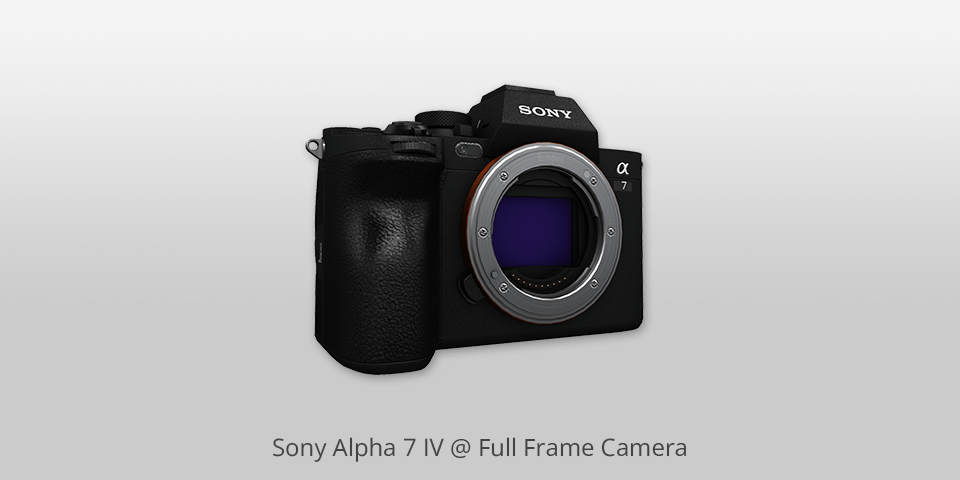
Megapixels: 33MP | Max continuous shooting speed: 5fps | Video: 4K
Being one of the best full frame cameras, this model is a great choice for photographers who want a high-quality, high-resolution image capture device that can handle almost any photo or video situation. The A7 IV shoots video in 10-bit precision, which is a huge upgrade for video producers.
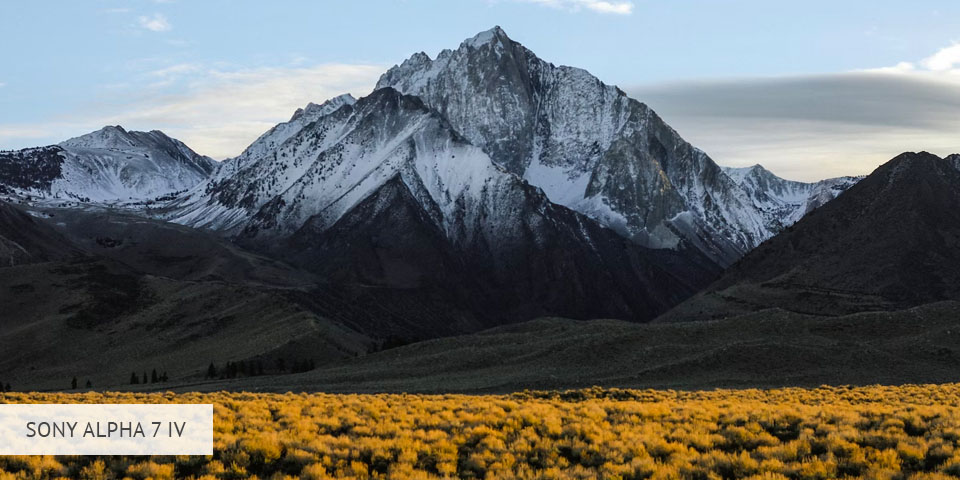
It also has a wide dynamic range and good low-light performance. The autofocus system is based on machine learning and is designed to recognize different types of subjects, making it a real competitor with Canon's excellent EOS R6.
The eye AF and face recognition also work in video mode, which is a big plus for shooting action or interviews.
However, there are some disadvantages to this mirrorless camera. It's relatively expensive and can't match some of its competitors' burst speeds or battery life.
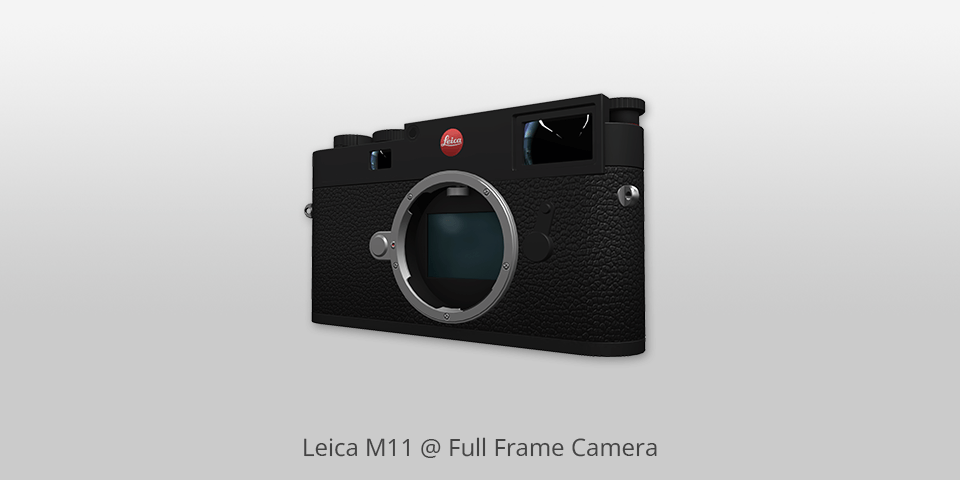
Megapixels: 60MP | Max continuous shooting speed: 4.5fps | Video: 4K
The M11 is a perfect camera for those who want to enjoy the high resolution offered by a large sensor while still retaining the classic elements of their favorite film cameras. The backside illuminated full frame CMOS sensor produces excellent image quality, and the triple resolution technology allows for a wide range of metering settings.
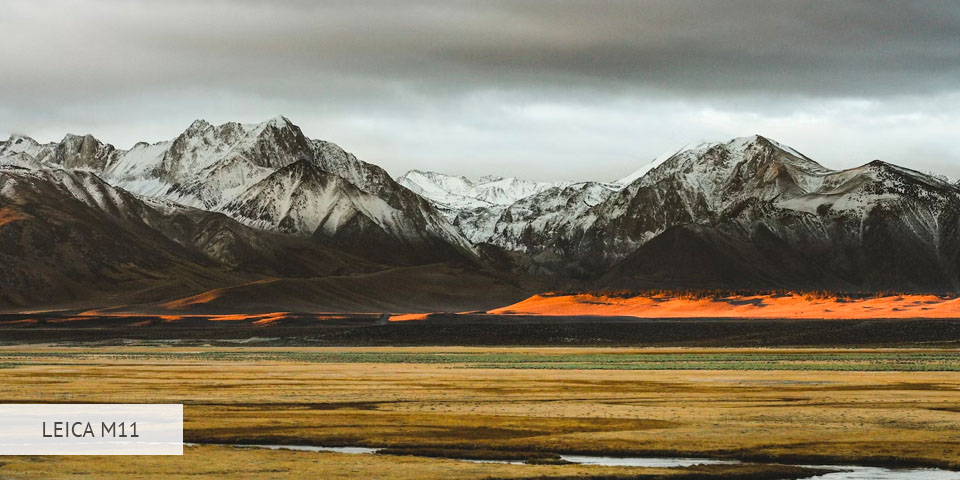
The customizable function buttons and intuitive interface make it easy to use, and the five preset Film Styles and the option to create your own custom styles allow for creative control over your images. The redesigned status screen and the fully programmable function button are welcome additions that improve the camera's usability.
However, there are a few disadvantages. The camera is quite expensive, which may not be affordable for everyone. Also, this full frame 4K camera lacks image stabilization, which can be a problem for handheld shooting in low light conditions.
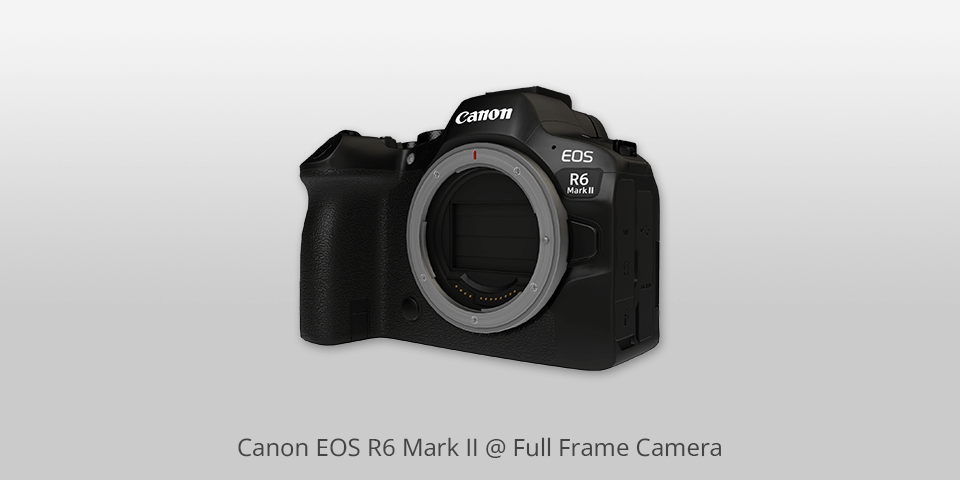
Megapixels: 24MP | Max continuous shooting speed: 12fps | Video: 4K
One of the standout features of this Canon camera is its 24MP CMOS sensor, which offers 20% more resolution than its predecessor. This results in high-quality images with crisp details, especially when paired with Canon's RF lenses.
Additionally, the camera offers 8 stops of IS stabilization, which is a game-changer for capturing smooth footage and sharp stills.
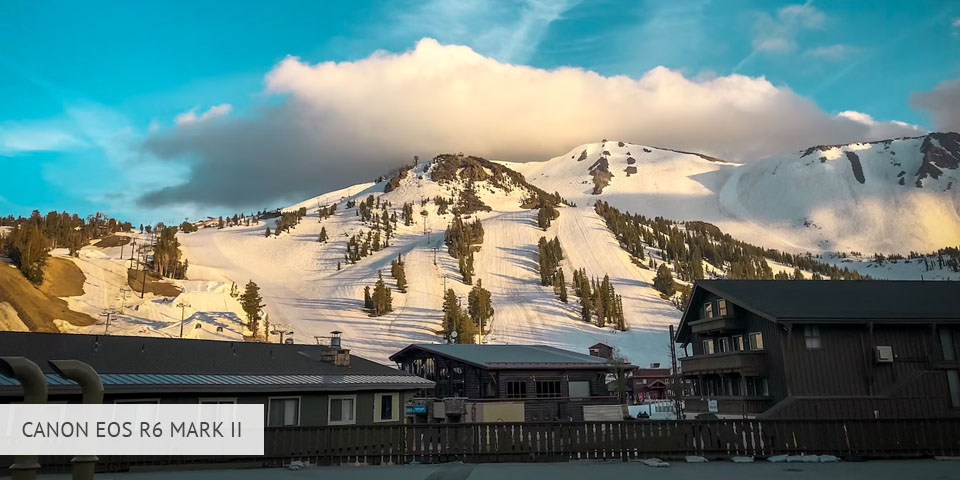
The autofocus system is also exceptional, with 1053 AF points spread across the image area, benefiting from Canon's Dual Pixel CMOS AF technology and deep-learning artificial intelligence. This AF system can track people, animals, and vehicles with ease, making it a versatile tool for any photographer.
However, there are some downsides to this full frame camera. For one, the body is mostly polycarbonate, which makes it lightweight but not as durable as other cameras on the market.
Additionally, the higher burst rate can result in some skewing of the image, which can be problematic for video recordings.
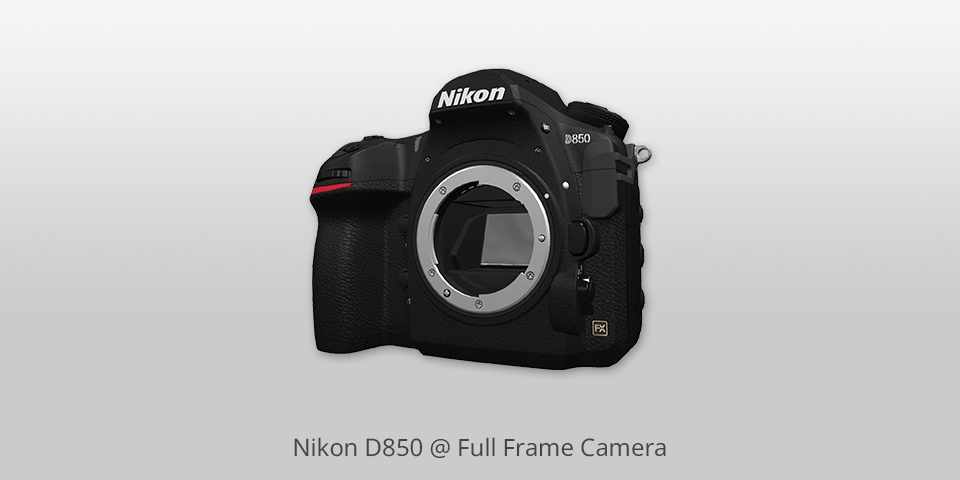
Megapixels: 45MP | Max continuous shooting speed: 9fps | Video: 4K
I have had the chance to test out the Nikon D850 full frame camera and I have to say, it's a pretty impressive piece of technology. The 45.7-megapixel sensor is one of the best that I've seen in a DSLR camera, and the BSI (backside illumination) technology makes it collect more light than other full frame DSLRs, resulting in high resolution and dynamic range.
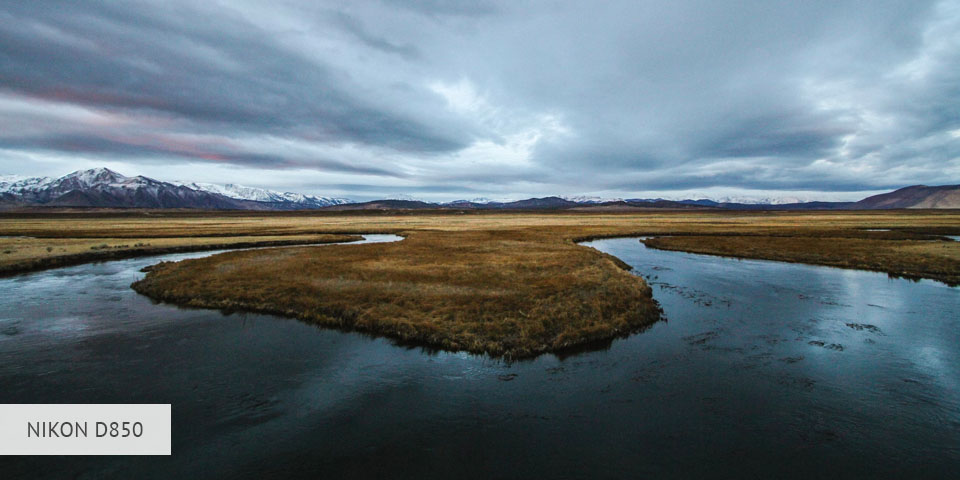
The D850 is perfect for macro and landscape photographers, as it has an automatic AF fine-tune system that makes it easy to calibrate your lenses and get the best possible focus.
The large touchscreen is also a great advantage, making it easy to navigate through the menus and control settings, especially when shooting videos.
However, there are some downsides to the D850. One issue I encountered is the size and weight of the camera, which can make it difficult to carry around for long periods of time. Additionally, the autofocus system can struggle in low light conditions, making it difficult to get the perfect shot.
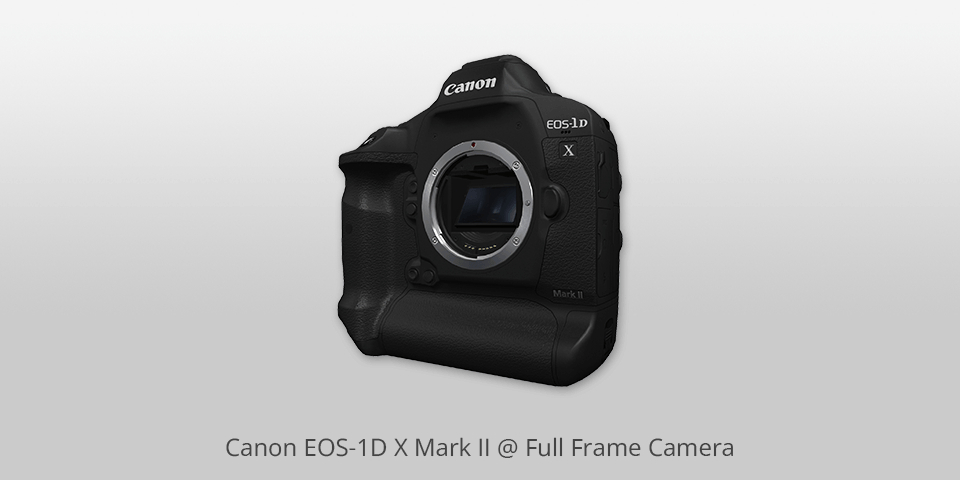
Megapixels: 20MP | Max continuous shooting speed: 14fps | Video: 4K
As one of the best full frame cameras, Canon EOS-1D X Mark II is a beast when it comes to speed and image quality. It's perfect for professional photographers and videographers who need to capture high-quality footage in a variety of environments.
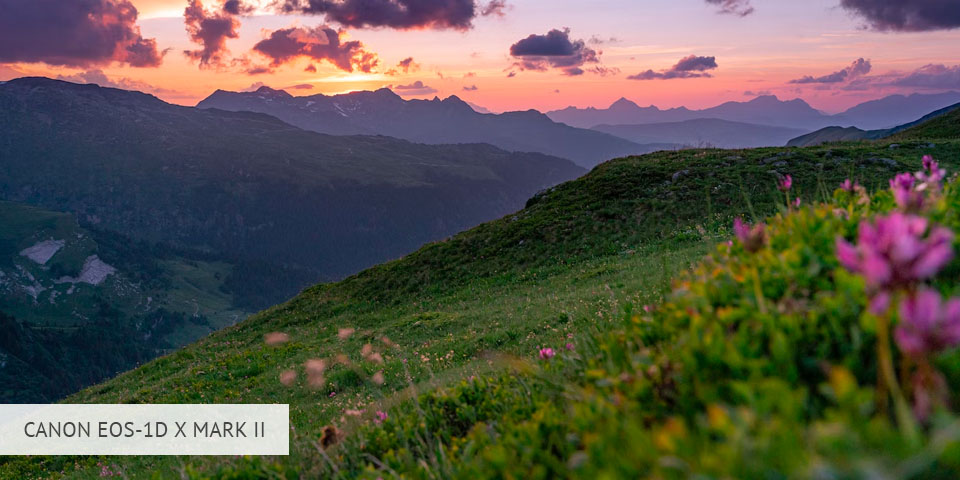
The dual DIGIC 4 Image Processors enable the camera to capture images with superb resolution and detail, and the wide ISO range of 100 - 12800 (up to 102400 in H3 mode) provides high-quality photos in low light.
The camera also features a 3.2-inch LCD touchscreen that is touch-sensitive, built-in Wi-Fi, GPS support, and a fully weather-sealed magnesium alloy body.
Now let's talk about the disadvantages. The Canon EOS-1D X Mark II is an advanced medium format camera with a lot of controls, which can make it challenging to operate.
If you're new to photography, this may not be the best camera for you. Additionally, the camera is quite heavy, which can be a problem if you're carrying it around for long periods.
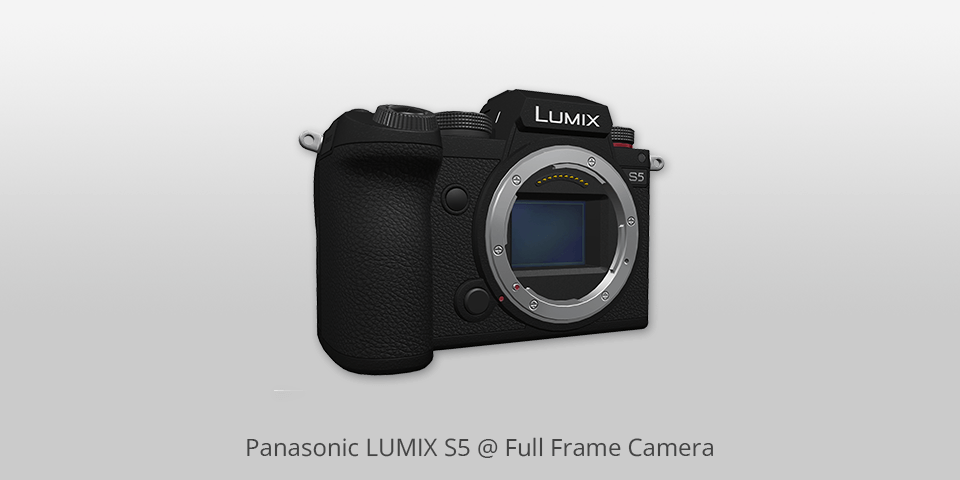
Megapixels: 24MP | Max continuous shooting speed: 7fps | Video: 4K
One of the main advantages of the LUMIX S5 is its compact design, which makes it smaller and lighter than other full frame cameras. This makes it easier to carry around, especially for outdoor shoots.
The 24.2MP sensor produces high-resolution images with great detail, and the fast 30fps electronic shutter is perfect for capturing fast-moving subjects.
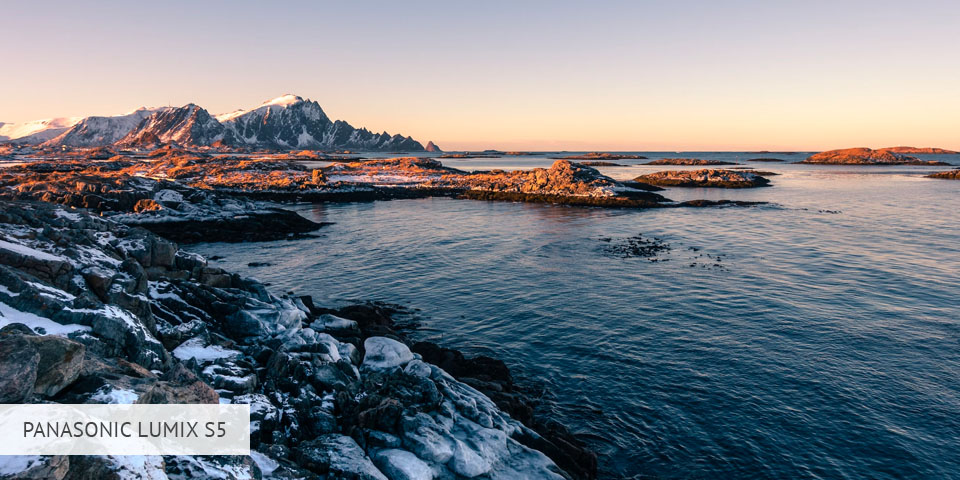
Another advantage of the LUMIX S5 is its 96MP multi-shot mode, which allows you to capture eight separate exposures and merge them to create a single 96MP raw or JPEG file. This is especially useful for landscape photography, where you want to capture as much detail as possible in your images.
However, there are also some disadvantages to the LUMIX S5. One of the main issues I encountered was with the autofocus system, which can be less intuitive than some rival systems. While it's still a good system, it may take some getting used to for those who are used to other autofocus systems.
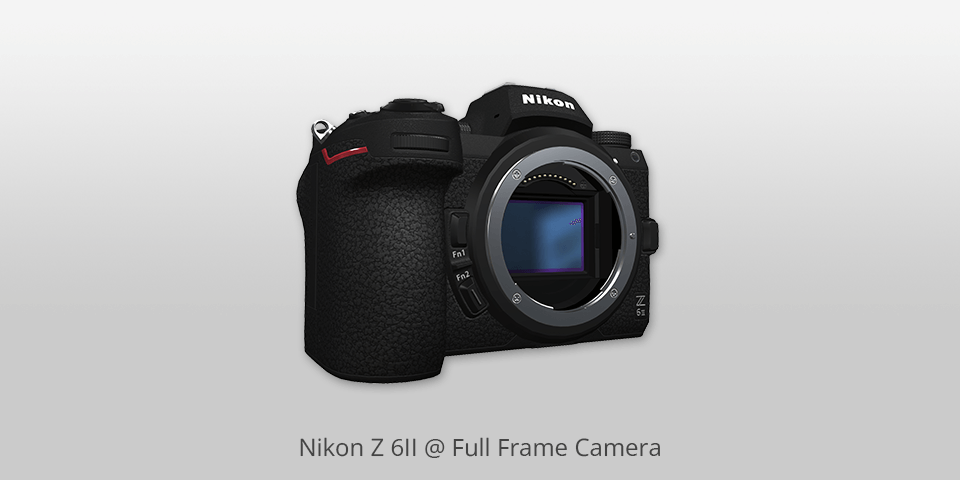
Megapixels: 24MP | Max continuous shooting speed: 14fps | Video: 4K
Nikon Z 6II provides enough space for high-resolution stills and video recordings, with both formats capable of delivering rich detail. As one of the best mirrorless cameras for travel, this model also features dual EXPEED 6 processing engines that work together for faster image processing and a more advanced buffer performance.
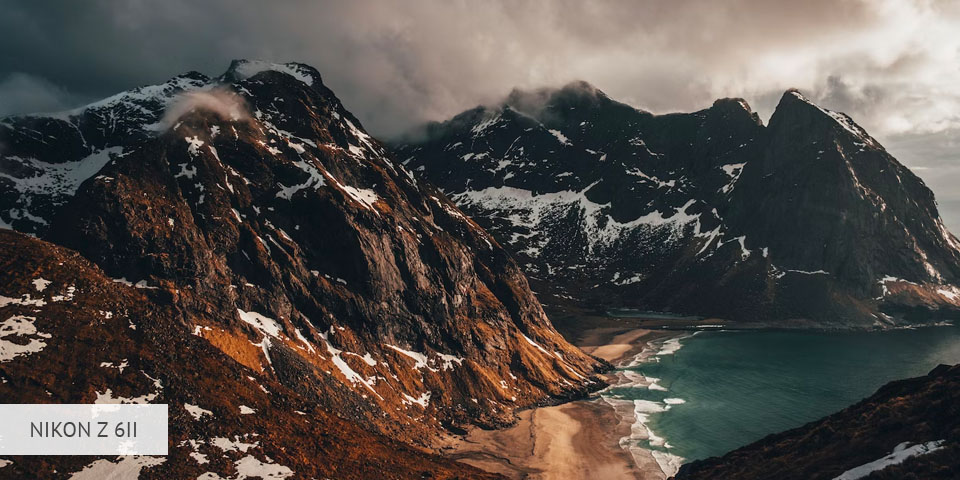
One of the most significant improvements on the original Z 6 is the addition of dual memory card slots - one XQD/CFexpress slot, and one UHS-II SD slot. This is a feature that many users have been asking for, and it's great to see Nikon listening to their customers.
Now, let's talk about the disadvantages. One of the main drawbacks of the Z 6II is the battery life. While it's not terrible, it's not as good as some other full frame cameras on the market.
Another minor issue is the location of the microphone input. It's located on the top of the camera, which can make it difficult to attach a microphone if you're using a camera cage or other accessories.

Megapixels: 35MP | Max continuous shooting speed: 12fps | Video: 8K
One of the advantages of the R5 is its compact and lightweight body design, which makes it easy to handle and maneuver. This mirrorless camera for video also incorporates four distinct control dials and a joystick controller for fast focus point selection and menu navigation, which is a great feature for professional photographers.
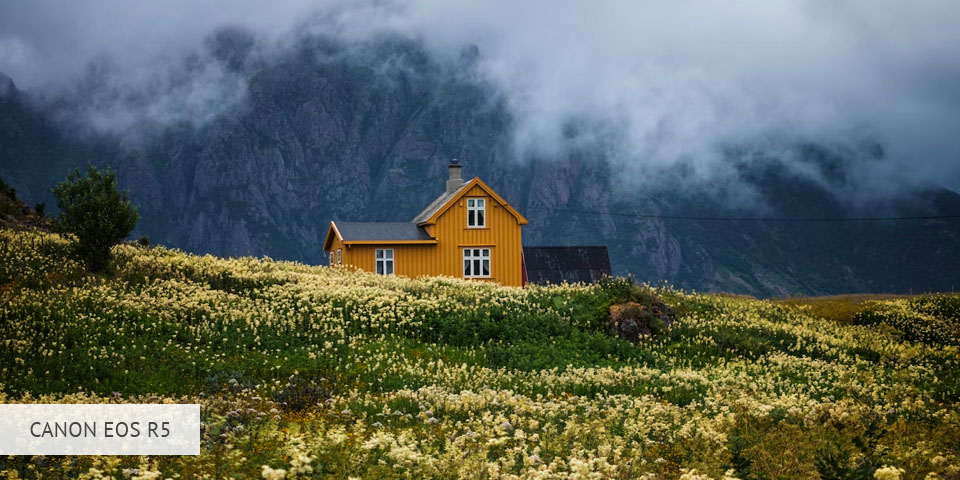
The optical viewfinder is another useful tool for pro sports and action photographers, as it can help them make better decisions and avoid blurriness. The viewfinder is lag-free, so you can see the subject clearly and make adjustments easily.
However, you need to be careful not to accidentally touch it while recording video or taking photos.
However, one of the main disadvantages of this full frame video camera is its price, which may not be affordable for everyone. Also, the camera can overheat when recording 8K video for extended periods, which can be a problem for professional videographers.

Megapixels: 24MP | Max continuous shooting speed: 11fps | Video: 4K
First of all, the design of the camera is minimalist and functional, which I appreciate. The body is made of two blocks of solid aluminum, which makes it feel very sturdy and comfortable in the hand.
Additionally, the camera has advanced electronic features that allow for pro-caliber options at your fingertips.
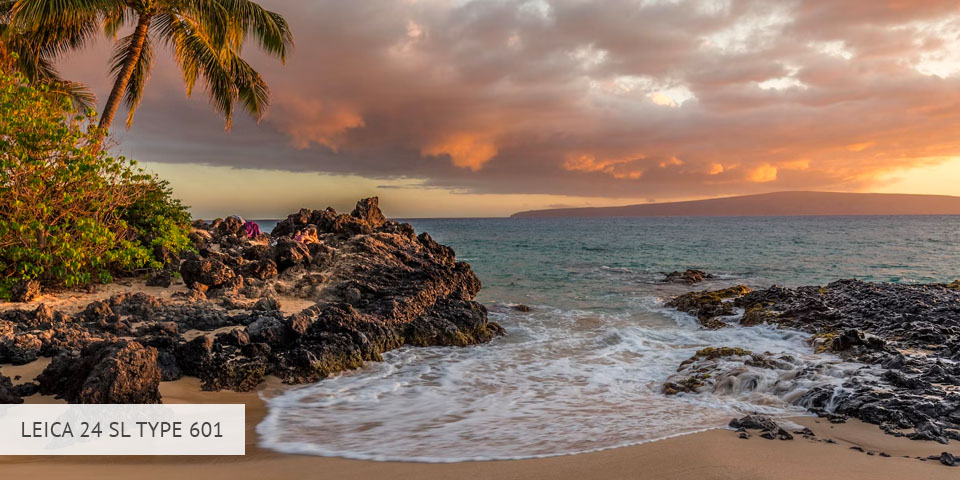
One of the standout features of this Leica camera is its 5.76-megapixel EyeRes EVF, which has the highest resolution of any EVF on a full frame camera. It has a fast refresh rate and a magnification of 0.8x, making it an excellent alternative to an optical viewfinder.
However, it only supports lenses with a minimum aperture of f/2.8.
However, I must mention that the camera's control layout is unconventional and may present a challenge to first-time users. Most of the controls are unlabeled, and the screen's position is not customizable.
Additionally, the high-ISO images can be a bit soft straight out of the camera and may require some further sharpening in post-production.
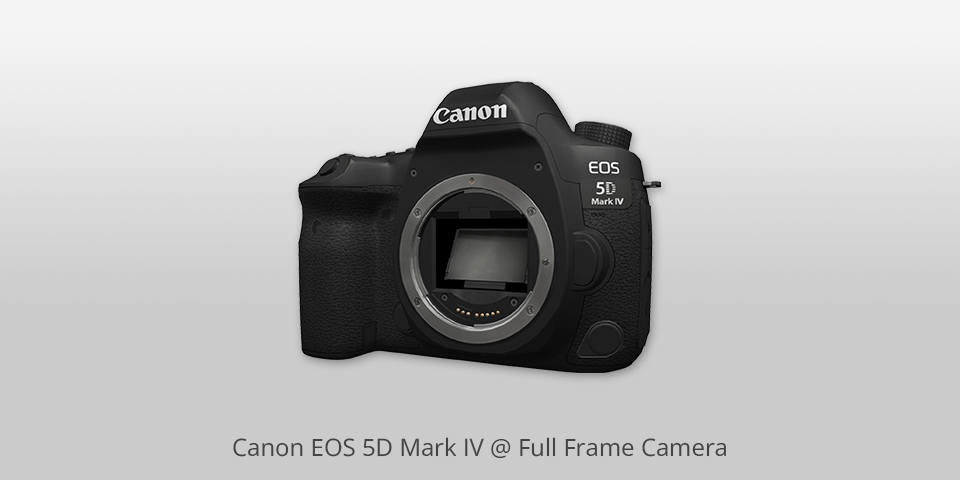
Megapixels: 30MP | Max continuous shooting speed: 7fps | Video: 4K
First off, let me say that this full frame DSLR is a workhorse. It's capable of handling a wide variety of situations and is an excellent all-rounder for photographers and casual videographers alike.
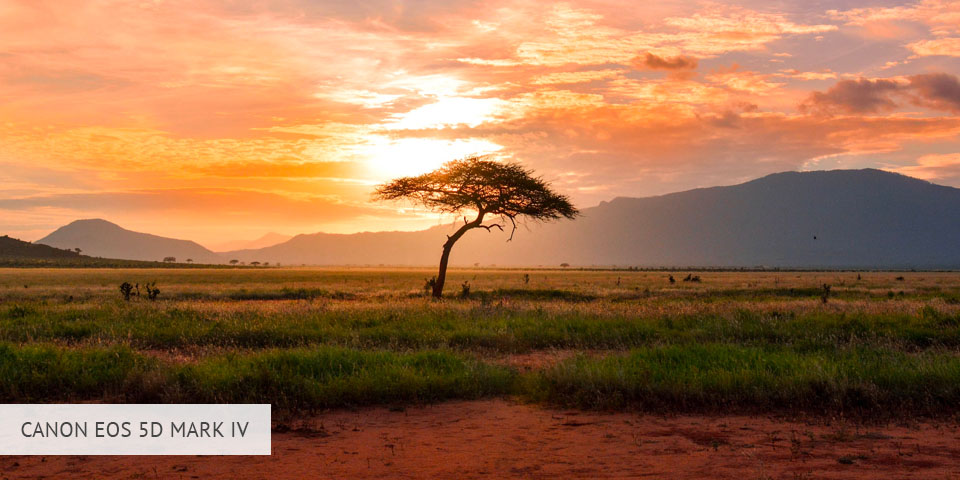
One of the most significant advantages of the Canon EOS 5D Mark IV is its improved sensitivity. The high sensitivity of a camera is necessary to capture details in a scene that may otherwise be lost to digital noise. The higher sensitivity also means lower digital noise at comparable ISO settings.
However, there are a few disadvantages to this Canon camera for portraits that I should mention. Firstly, it's quite expensive, which may be a turn-off for some photographers.
Additionally, some users have reported issues with the camera's battery life, which can be a problem if you're shooting for extended periods.
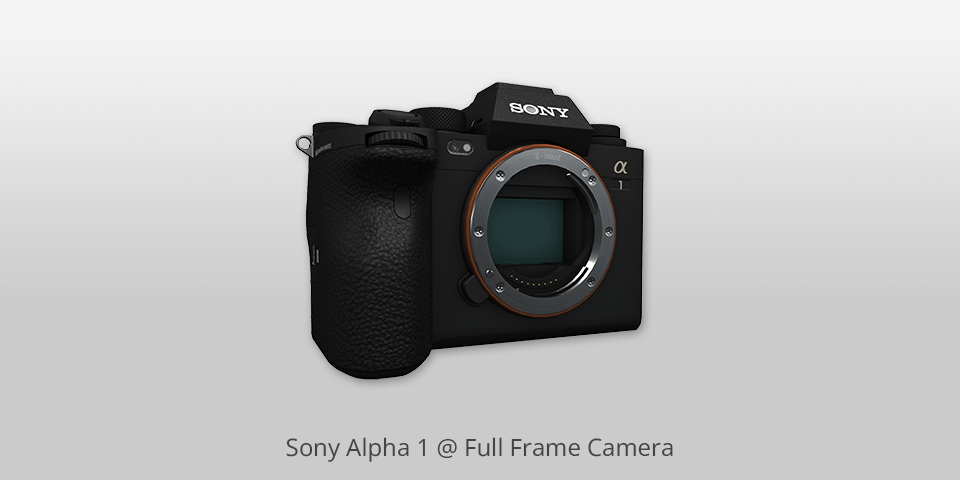
Megapixels: 50MP | Max continuous shooting speed: 10fps | Video: 8K
The Alpha 1 is Sony's top-end full frame digital camera, and it comes with a new 50.1-megapixel sensor that delivers exceptional image quality. The camera's advanced imaging pipeline and sensor design make it a strong contender for high-res photographers looking for a camera with excellent low-light capabilities.
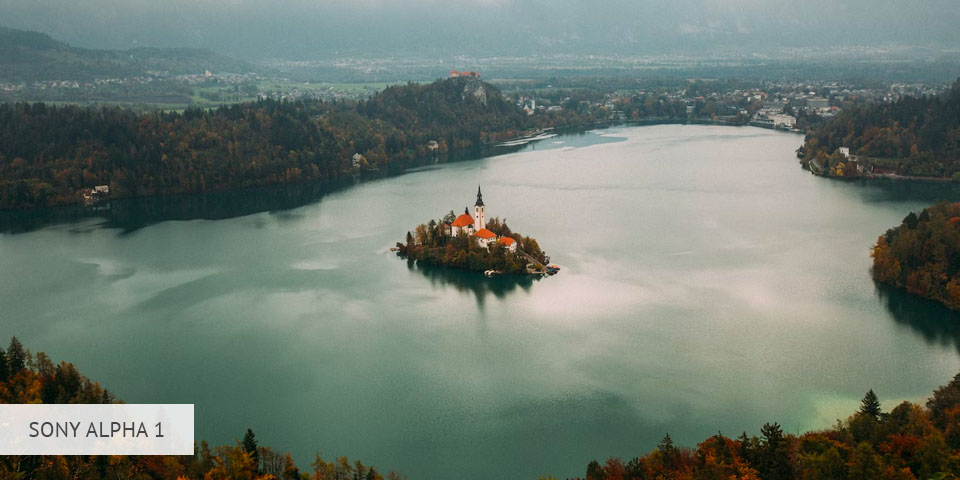
The autofocus system in the Alpha 1 is one of Sony's most impressive ever, offering fast and precise focusing, even when shooting moving subjects. Additionally, the camera's buffer speed is incredibly fast, allowing you to capture up to 73 uncompressed RAW images in 7.20 seconds.
However, there are some disadvantages to this Sony camera that need to be mentioned. Firstly, the camera is quite expensive, making it out of reach for many photographers.
Secondly, the camera's battery life is not as long as some of its competitors, so you may need to carry additional batteries when shooting for extended periods.
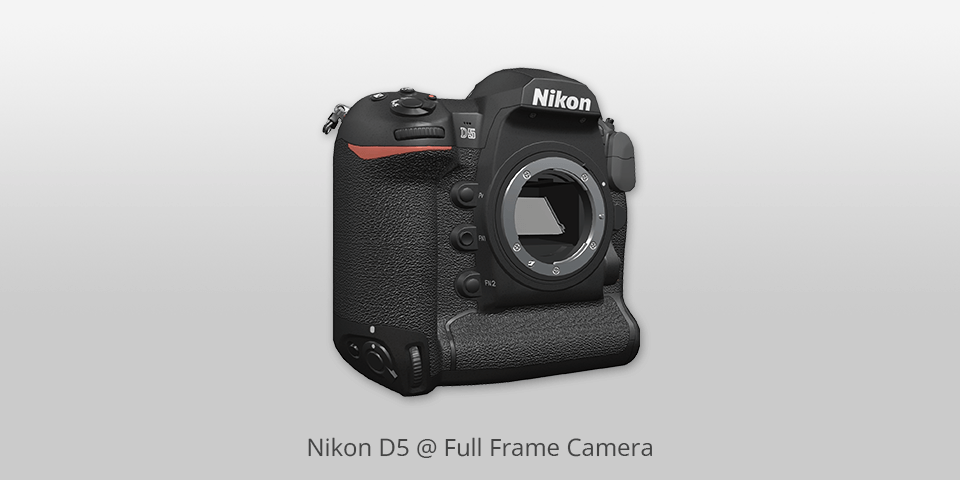
Megapixels: 21MP | Max continuous shooting speed: 14fps | Video: 4K
The D5 has a new 20.8-megapixel sensor that produces high-quality images even at higher ISOs. The anti-reflective coating on various sensor components is also a great feature that reduces ghosting and flare.
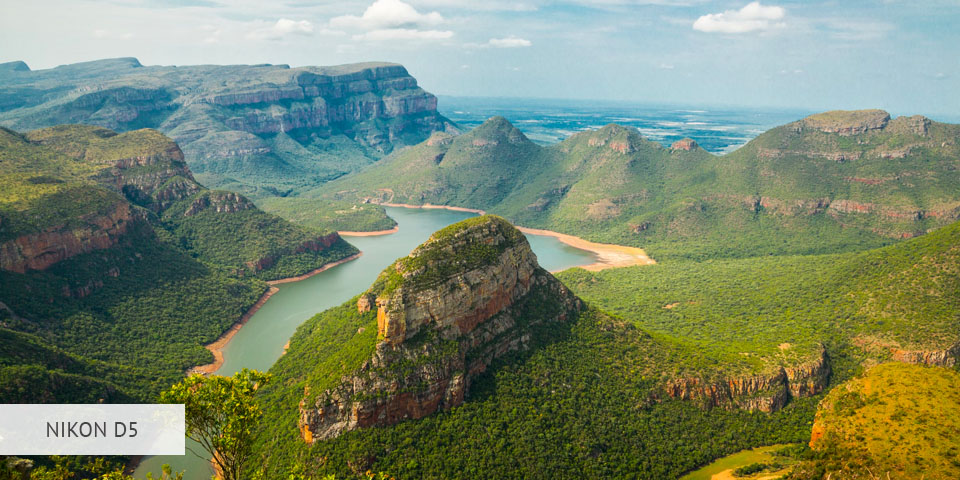
The camera also has improved ergonomics with a large, high-resolution rear screen that is touch-sensitive and easy to navigate. The autofocus system is also top-notch, with 153 focus points that are fast and accurate for tracking small subjects in low light.
Now, let's talk about the disadvantages. One issue with the D5 is its dynamic range, which starts at a lower level than other full frame cameras and stays at a high level as the ISO value is increased. Another issue is the camera's high price, which may not be accessible for all photographers.
| IMAGE | NAME | FEATURES | |
|---|---|---|---|

|
Sony Alpha 7 IV
OUR CHOICE
|
CHECK PRICE → | |

|
Leica M11
COMPACT
|
CHECK PRICE → | |

|
Canon EOS R6 Mark II
WIRELESS
|
CHECK PRICE → |
Full frame cameras are the go-to choice for most professional photographers and enthusiasts, but with so many options out there, it can be tough to know which one is right for you.
Type of camera. Some shooters appreciate a compact design, great video capabilities, and plenty of modern features which can be found in a mirrorless model.
Others prefer fantastic battery life, a wide range of lens models, and an optical viewfinder, which is typical for a DSLR. There are also buyers, who pay special attention to a camera brand.
Sensor size. The sensor in your camera is what captures the image, and the larger the sensor, the better the quality of the image. A full frame camera has a sensor that's large enough to capture high-quality images with incredible detail, making it perfect for those who want to capture every single detail in their shots.
But it's not just about the size of the sensor. A larger sensor also allows for a more natural-looking image with lower digital noise. It can provide a more dynamic range, meaning it can differentiate more levels of gray between black and white.
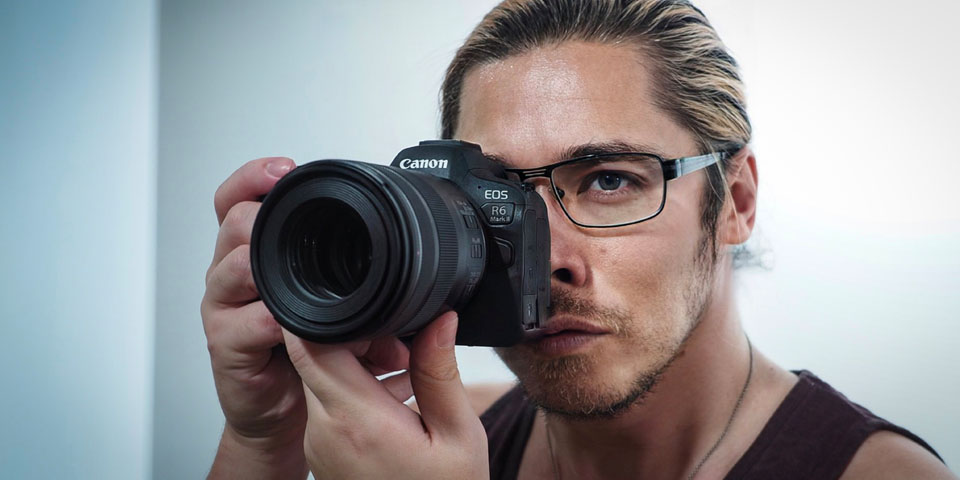
Additionally, a full frame digital camera can achieve a shallower depth of field, which can be helpful for photographers who want to achieve a soft-looking background blur, especially for portraits.
Resolution. Megapixels are the factor that determines whether the camera has good photo quality or not. Shooters who are going to zoom in on images should choose the highest-megapixel camera.
Of course, some people may not notice the difference as all the above-mentioned cameras allow for taking nice shots. But for landscape shooters and those who plan to print large photographs will surely see the difference. They should be very attentive while focusing and setting other technical parameters in order to get a high-resolution photo.
Optical image stabilization. This feature helps to reduce camera shake and blur, making your shots sharper and clearer. This can be especially important for shooting at night, as it allows you to use slower shutter speeds without sacrificing quality.
Optical vs electronic viewfinders. An optical viewfinder shows the image that the lens sees, but not an electronic rendition. Lots of shooters like the real-world experience of an OVF type.
Battery life. Most shooters choose full frame mirrorless cameras because of the compact size and available features. However, such models still have some weak points. Battery life is really short.
Such cameras don’t have much space for batteries, and a photographer has to take additional batteries if they intend to shoot all day long. Luckily, developers are trying to change this in recent models.
For example, the Sony Alpha 7 IV has more space for a battery than its predecessors. Of course, it is not the same as in DSLR professional cameras, but still quite acceptable for most people.

Lens cost. Shooters shouldn’t ignore the cost of the lens when choosing the best full frame digital camera. A full-frame sensor will surely expose the weaknesses of poor-quality lenses. Mind you, the lens offerings are more expensive than their crop-frame analogs.
Portrait photographers may spend less money on the 50mm and 85mm lenses which are very popular. Zoom options are better than ever before. It offers a nice compromise between cost and image quality. It doesn’t matter what lens category you choose.
It is better to do the necessary calculations to find the final cost of the camera with lens.